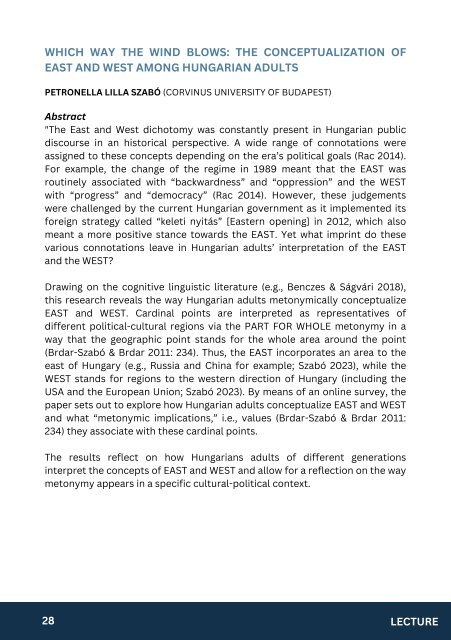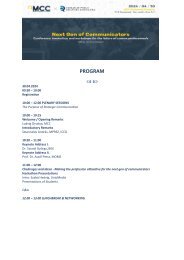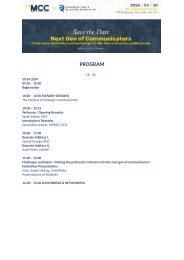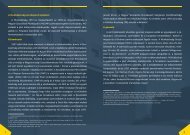Clout Culture - Youth Cultures in Changing Societes Conference
You also want an ePaper? Increase the reach of your titles
YUMPU automatically turns print PDFs into web optimized ePapers that Google loves.
WHICH WAY THE WIND BLOWS: THE CONCEPTUALIZATION OF<br />
EAST AND WEST AMONG HUNGARIAN ADULTS<br />
PETRONELLA LILLA SZABÓ (CORVINUS UNIVERSITY OF BUDAPEST)<br />
Abstract<br />
"The East and West dichotomy was constantly present <strong>in</strong> Hungarian public<br />
discourse <strong>in</strong> an historical perspective. A wide range of connotations were<br />
assigned to these concepts depend<strong>in</strong>g on the era’s political goals (Rac 2014).<br />
For example, the change of the regime <strong>in</strong> 1989 meant that the EAST was<br />
rout<strong>in</strong>ely associated with “backwardness” and “oppression” and the WEST<br />
with “progress” and “democracy” (Rac 2014). However, these judgements<br />
were challenged by the current Hungarian government as it implemented its<br />
foreign strategy called “keleti nyitás” [Eastern open<strong>in</strong>g] <strong>in</strong> 2012, which also<br />
meant a more positive stance towards the EAST. Yet what impr<strong>in</strong>t do these<br />
various connotations leave <strong>in</strong> Hungarian adults’ <strong>in</strong>terpretation of the EAST<br />
and the WEST?<br />
Draw<strong>in</strong>g on the cognitive l<strong>in</strong>guistic literature (e.g., Benczes & Ságvári 2018),<br />
this research reveals the way Hungarian adults metonymically conceptualize<br />
EAST and WEST. Card<strong>in</strong>al po<strong>in</strong>ts are <strong>in</strong>terpreted as representatives of<br />
different political-cultural regions via the PART FOR WHOLE metonymy <strong>in</strong> a<br />
way that the geographic po<strong>in</strong>t stands for the whole area around the po<strong>in</strong>t<br />
(Brdar-Szabó & Brdar 2011: 234). Thus, the EAST <strong>in</strong>corporates an area to the<br />
east of Hungary (e.g., Russia and Ch<strong>in</strong>a for example; Szabó 2023), while the<br />
WEST stands for regions to the western direction of Hungary (<strong>in</strong>clud<strong>in</strong>g the<br />
USA and the European Union; Szabó 2023). By means of an onl<strong>in</strong>e survey, the<br />
paper sets out to explore how Hungarian adults conceptualize EAST and WEST<br />
and what “metonymic implications,” i.e., values (Brdar-Szabó & Brdar 2011:<br />
234) they associate with these card<strong>in</strong>al po<strong>in</strong>ts.<br />
The results reflect on how Hungarians adults of different generations<br />
<strong>in</strong>terpret the concepts of EAST and WEST and allow for a reflection on the way<br />
metonymy appears <strong>in</strong> a specific cultural-political context.<br />
28<br />
LECTURE















